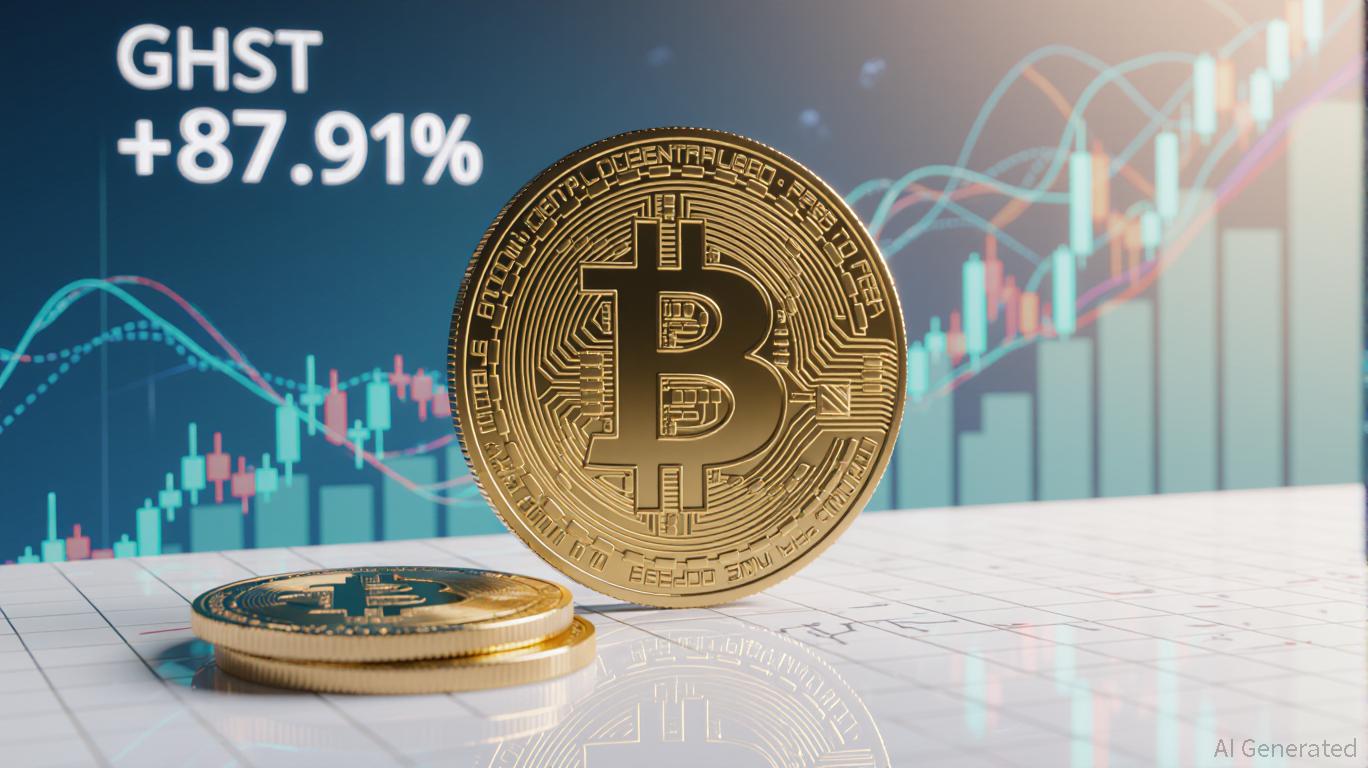Bitcoin hashrate nears record as difficulty increase approaches
Bitcoin's (CRYPTO:BTC) hashrate is steadily climbing, approaching its all-time high of 693 exahash per second (EH/s), recorded on September 8.
As of October 7, 2024, the hashrate is close to this peak, reaching 680 EH/s.
This continued growth suggests that the Bitcoin network remains resilient despite miners facing challenges from lower rewards following the recent halving.
Data from hashrateindex.com shows that the network's hashrate experienced dips over the past month, including a drop to 619 EH/s on September 17 and 624 EH/s on October 1.
Since then, the hashrate has rebounded by about 56 EH/s, equivalent to the output of over 304,000 Microbt Whatsminer M60S air-cooled rigs, each producing 184 terahash per second (TH/s).
The rise in hashrate is accompanied by faster block times, currently averaging around 9 minutes and 41 seconds, quicker than the usual 10-minute interval.
This accelerated block rate increases the likelihood of a difficulty adjustment, with a 3.22% increase expected on October 9.
While the exact figure may change, the adjustment follows a 4.6% drop in difficulty during the last update on September 25.
Bitcoin's hashprice—the daily value of 1 petahash per second (PH/s) of hashpower—has also seen an uptick, rising from $44.01 per PH/s on October 1 to $45.55 today.
Transaction fees have edged higher too, with high-priority transfers costing around $0.71.
As Bitcoin’s hashrate edges closer to its record high, the network continues to demonstrate its robustness, balancing increased difficulty and faster block times.
Miners remain hopeful that the network’s strength will bring better rewards, especially if Bitcoin’s price gains momentum in the coming weeks.
The next few days could offer crucial insight into the network’s performance as it continues to evolve post-halving.
At the time of writing, the Bitcoin price was $62,634.92.
Disclaimer: The content of this article solely reflects the author's opinion and does not represent the platform in any capacity. This article is not intended to serve as a reference for making investment decisions.
You may also like
Platinum Price Stability in Transparent Jurisdictions: How Quebec's Legal Framework Shapes Investor Trust and Market Outcomes
- Quebec's 2025 LPE law mandates public registration of platinum miners' ultimate beneficiaries, enhancing corporate transparency and investor trust. - The province's civil law framework and ESG disclosures reduced volatility, enabling Quebec producers to outperform peers during 2020-2025 market shifts. - Alignment with global standards like EITI and CSA NI 43-101 reforms strengthened project credibility, contributing to record $2,023/oz platinum prices in Q2 2025. - Transparent jurisdictions like Quebec o

Decentralized Decision-Making and the Resurgence of Gold: A New Era for GLD Investors
- Decentralized industrial decision-making boosts operational efficiency and reshapes gold demand as firms prioritize agility and risk diversification. - Central banks in emerging economies added 200+ metric tons of gold to reserves in 2025, hedging against dollar devaluation and geopolitical risks. - Gold's dual role in industrial tech (semiconductors, green energy) and financial markets drives structural demand, with GLD surging past $3,300/ounce in 2025. - Investors are advised to allocate 10-15% to gol

GHST +87.91% in 24 Hours Amid Protocol Updates and Airdrop Activity
- GHST surged 87.91% in 24 hours on August 27, 2025, amid Ghost's infrastructure upgrades and airdrop plans despite a 745.97% weekly decline. - The airdrop targets early adopters via on-chain activity metrics, aiming to decentralize token distribution and boost community engagement. - Protocol enhancements include a decentralized governance module and cross-chain integration, supporting GHST's utility as a governance token. - Analysts link short-term volatility to airdrop speculation, though long-term succ

Ethereum ETFs Outperform Bitcoin: A Structural Shift in Institutional Demand
- Ethereum ETFs outperformed Bitcoin ETFs in 2025 with $11–$12B inflows vs. $8–$10B, driven by deflationary supply and yield-generating infrastructure. - Ethereum's market dominance rose to 14.5% (vs. Bitcoin's 57.3%), fueled by 4–6% staking yields, EIP-1559 burns, and 94% lower Layer 2 transaction costs. - Institutional adoption accelerated via U.S. SEC approval of in-kind redemptions, enabling corporate treasuries to stake 95% of holdings and boost Ethereum's TVL to $45B. - The shift reflects a strategic

